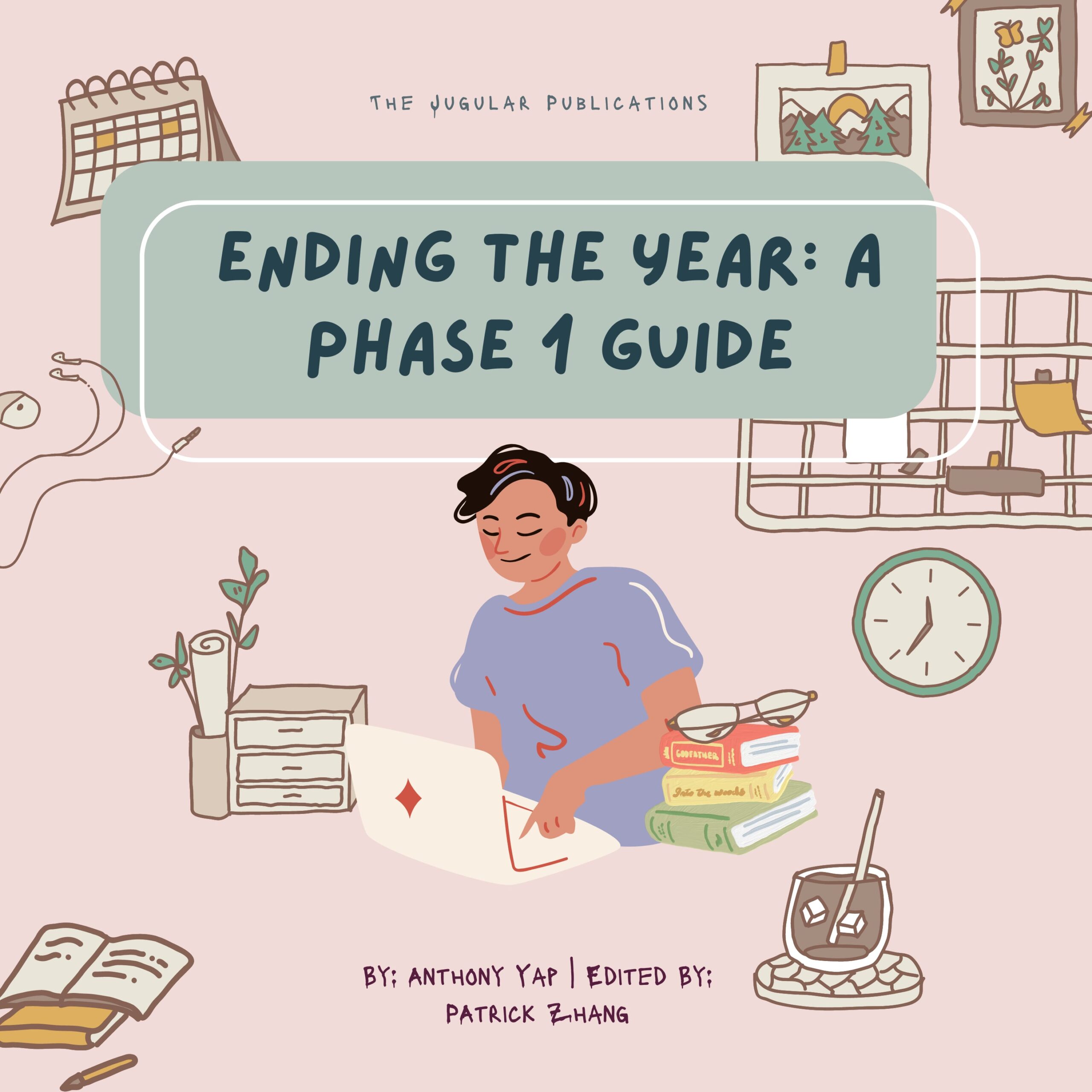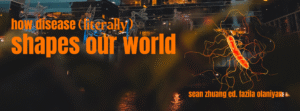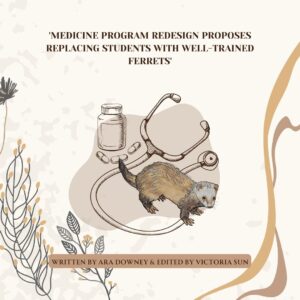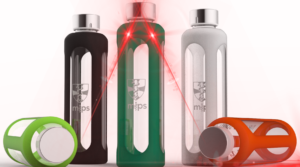
Written by Anthony Yap. Edited by Patrick Zhang
Greetings! Whether you’re a fresh first year trying to end the year on a high or a jaded second year just trying to get the promised land of Phase 2, here’s some advice on how to get through it. This will be more helpful for 2nd years, but 1st years feel free to have a read through to see what next year will have in store for you. I’ll be talking about AEB, the prac exam, portfolio, OSCEs and EOP.
AEB:
AEB is your neuro term, which can be quite challenging. Unless they’ve significantly changed the structure of the term from 2 years ago, here’s a very simplified breakdown of some important topics you’ll be learning about per scenario in the table below. This term emphasises anatomy, because the location of a neurological lesion causes specific and unique clinical presentations.
| Topics | |
| Scenario 1: Space Occupying Lesions | Anatomy: – Anatomy of the skull and brain – Brain lobes and their specific functions – Structure and function of the brainstem Physiology: – Neuron structure and function – Process of neurotransmission – Motor and Sensory Control Motor: voluntary movement, reflexes and the pathways involved – Sensory: pathways involved in somatosensation Pathology: – Space occupying lesions Benign or malignant masses in the brain |
| Scenario 2: Stroke, Brian’s ward | Anatomy: – Cerebral blood supply: very important, linked to stroke – Cranial nerves: very important, they have unique presentations when lesioned Vision: eyes -> optic nerve etc – Cerebellum Pathology: – Stroke: ischaemic or haemorrhagic |
| Scenario 3: Parkinson’s, Barbara | Anatomy + Physiology – The basal ganglia and dopaminergic neurotransmission Pathology: – Parkinson’s Disease & pharmacology – Neurodegenerative diseases: Alzheimers |
Prac Exam:
I did mine open book, so my advice is a bit limited here.
1st Year Advice:
The prac exam has 4 sections: anatomy, biochemistry / microbiology, histology / embryology / pathology & physiology / pharmacology. You’ll do one in 1st year and two in 2nd year (TP2 and TP4). Over the 3 prac exams you will have in Phase 1, you need to get an overall mark of at least 50% in each of the 4 sections. Because of this, even if you “bomb” one exam, you can still make it up in the others.
For 1st years, I’d really suggest you grind it out to maximise your marks now. This means that next year, you can afford to be more chill about it. Notoriously, the most difficult discipline is embryology. If you are bad at that, revise it ASAP because it’s guaranteed to be there. Utilise the online resources for practice!
2nd Year Advice:
I’ve only got generic advice for you. Calculate what you need for each section to pass, and distribute your efforts according to what you need the most to pass. You got this!
EOP:
Do not freak out about this at all. Half the questions on the test are repeats, so use the online resources for practice. This exam is more than 2 hours long. The first student finished and left 30 minutes into the exam, and by 1hr and 45 minutes, most of the exam room was gone. It still makes me chuckle remembering the concern on the exam supervisor’s face when the first student asked to leave so early. She probably thought he had given up!
To supplement your practice, use the online resources and learn from what you get wrong. Some people revise 2 year’s worth of content for EOP. This is definitely not necessary, but there is nothing wrong with being studious. Overall, very passable!
OSCE:
OSCEs are also very passable as well! The biggest challenge is timing. From memory, you only have 15 minutes to get through a history, exam and summary. In your practice with your mates, I recommend simulating being a “difficult” patient who takes a while to get to the point. It’s really frustrating, really funny but really helpful because some patients will waffle. All your practice should be timed.
Although it’s important to know all your clinical exams back to front, don’t neglect your procedural skills as well. Take advantage of the bookings for clinical skills rooms to practice skills such as blood pressure, urine dipstick and spirometry. Make a list and tick them all off. 2nd year OSCEs are very performative because the patients often have no clinical findings. Some might, but you’re not expected to interpret these findings in significant depth. After every history you take, practice providing a concise summary as well.
Portfolio:
This is just a massive reflective essay. MedSoc usually has a tute on it which is super helpful, so make sure you go to that! You are meant to reflect and demonstrate how across Phase 1, you have grown in all the graduate capabilities. Ideally, you want your marks in each grad cap to improve across Phase 1, but you may have grad caps in which marks have stagnated or even declined. To tackle this, brutal honesty about why this was the case is necessary. Equally as important is having thought of actionable and realistic strategies to improve upon this. Bonus marks if you have some form of evidence to back up how you have tried to improve the grad cap.
A popular question is, “How important are certificates?”. Certificates for MedSoc event attendance, subcommittee membership etc are not essential to passing portfolio, but they can definitely help. I would suggest that right now, you gather and collate the certificates you are meant to have. It’s so annoying to hunt them down later. These certificates are like extra-curricular pieces of evidence of how you’ve tried to improve in a grad cap. In my opinion, they are supplementary pieces of evidence and should not be your main way of showing your improvement in a grad cap. My understanding is that MedFac prefers you to focus more on your experiences in the course (e.g., SOCA, OSPIA etc) and doing the assignment rather than, for example, your experience in MedShow and MOA. Nevertheless, you should still include these certificates if you have them and write about them for extra evidence, but these certificates aren’t the be all and end all.
Good luck everyone!













































































































